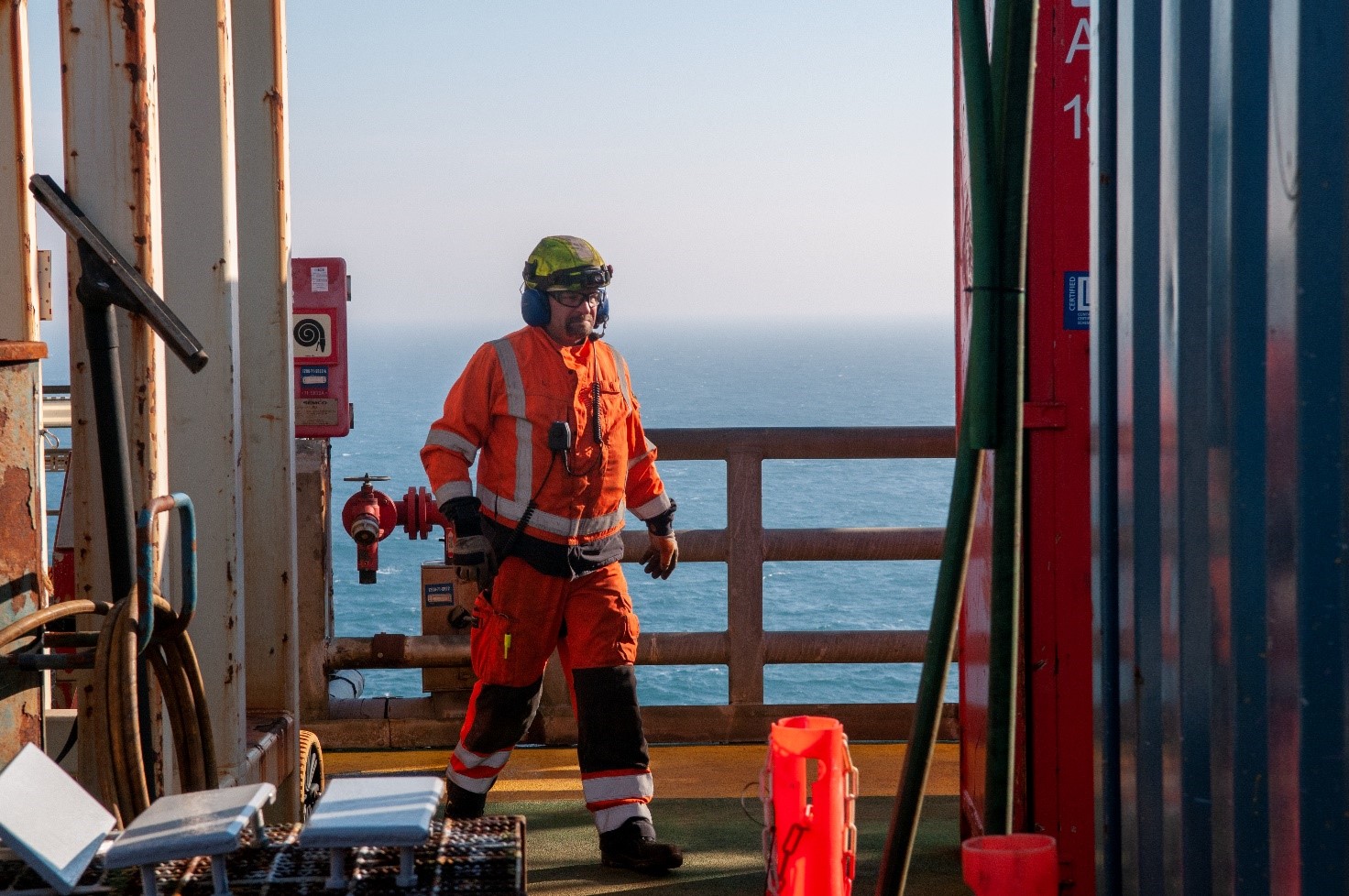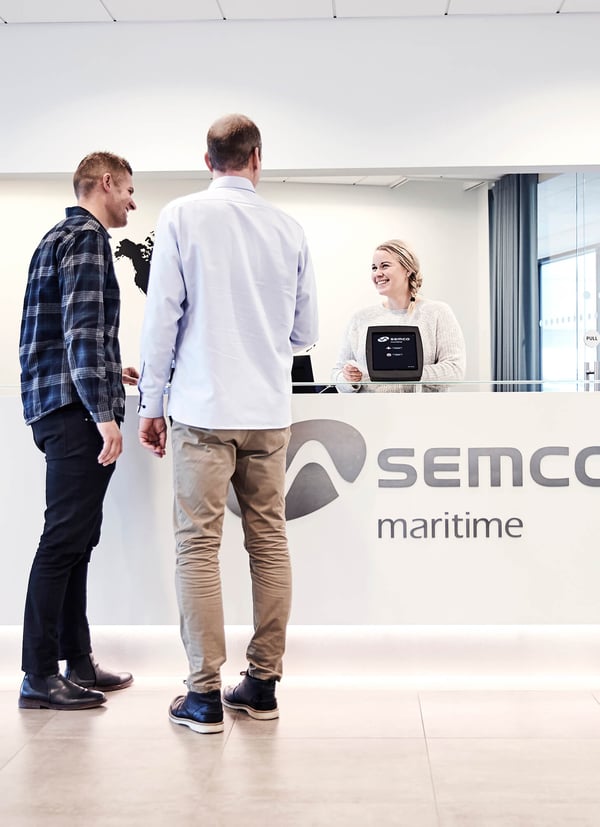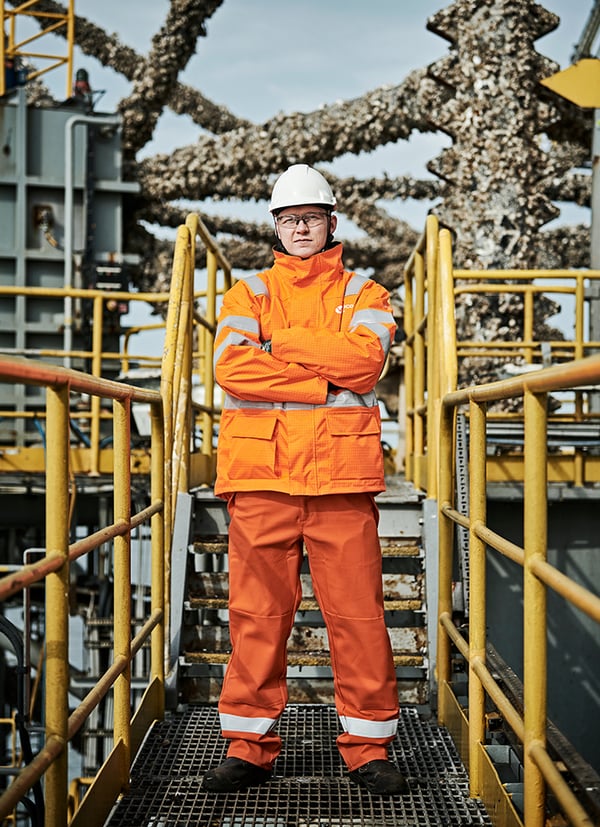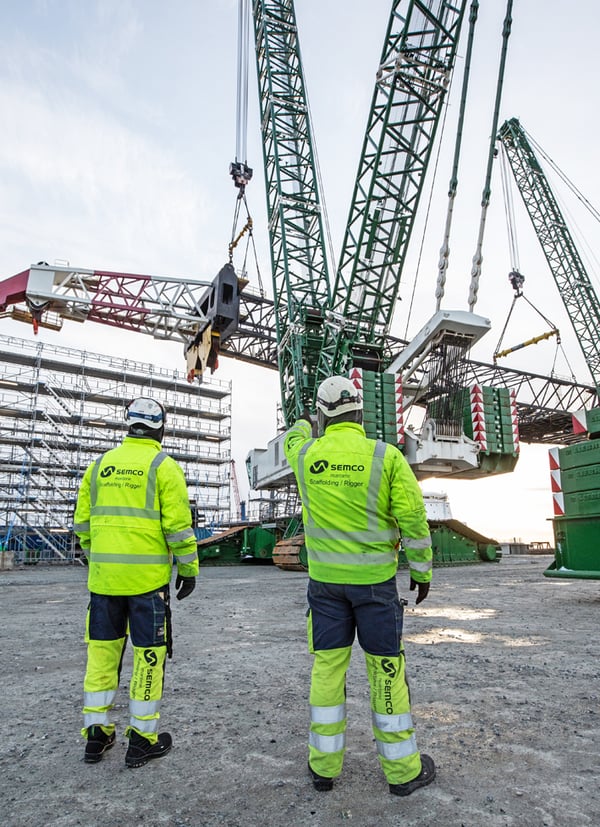Semco Maritime is introducing a new pumping system design that provides the basis for pumping liquid CO2 in connection with Project Greensand. The mission of the project, in which Semco Maritime engineers and technicians have been involved since January 2021, is to allow CO2 storage in the Danish part of the North Sea and to make a significant contribution to the green transition in Denmark.
”Semco Maritime is happy and proud to be part of Project Greensand to store CO2 in the Danish part of the North Sea. For the past 40 years, we have worked to design and develop solutions for offshore operations. With Project Greensand, we have the opportunity to develop our competencies further and use them for the benefit of the climate,” says Anders Benfeldt, Senior Vice President of Oil & Gas at Semco Maritime.
Semco Maritime, headquartered in Esbjerg, Denmark, has more than 40 years of experience in offshore operations. Most recently, Semco Maritime designed the structure and locking system to clamp CO2 containers onto the vessel that will carry liquid CO2 from Antwerp to the Project Greensand subsea reservoir in the Danish part of the North Sea.
At the same time, Semco Maritime has worked intensively to develop the design of the pumping system that will transport the liquid CO2 from the containers via the Nini West platform in the Danish part of the North Sea and 1,800 metres below the sea, where the CO2 will be permanently stored in a sandstone reservoir.
Local production in Esbjerg with focus on recycling
Having completed the structural and pumping system designs, Semco Maritime is ready to start local production at Semco Maritime’s premises in Esbjerg. After production, Semco Maritime will be in charge of installing the equipment on the vessel.
”We are pleased that the production and assembly of equipment helps us maintain local jobs”, says Anders Benfeldt.
The pumping system design for transporting the liquid CO2 is quite new. Semco Maritime has chosen a combination of buying and renting the actual equipment for this purpose.
”It makes sense to reuse the resources that can be reused in connection with the pumping systems – both from a climate and economic point of view,” says Anders Benfeldt.
The new design is part of the progressing works of Project Greensand. Tank containers and vessel are already in place, meaning that the first CO2 can be shipped for CO2 storage below the North Sea as planned.
”We are pleased that Semco Maritime has agreed to join Project Greensand. Semco Maritime has long-term experience of transporting and safeguarding CO2, and their contribution is crucial for the project. It is gratifying to see how companies’ previous experience and innovation skills go hand in hand in a project like this,” says Søren Reinhold Poulsen, Project Director at Project Greensand.
The new designs are all part of the pilot phase of Project Greensand whose mission is to develop and demonstrate how CO2 can be stored in the Danish North Sea as part of the green transition.
About Project Greensand:
Project Greensand is a consortium of 23 companies and organisations who are all working together to make a significant contribution to the green transition in Denmark through the storage of CO2 below the North Sea. In December 2021, Project Greensand was assigned DKK 197 million through the ”Energy Technology Development and Demonstration Program” (EUDP) for the development and demonstration of CO2 storage in the North Sea. The project is currently in the project phase – phase 2 – where the storage process is being developed, demonstrated and monitored.
Website:
Project timeline:
2021-2023: The pilot phase is well under way with the development, demonstration and monitoring of the storage process. The first liquid CO2 will be shipped to Denmark during this phase: the CO2 for the pilot project comes from the factory Ineos Oxide in Belgium who is involved in CO2 capture. The CO2 is liquefied and shipped to the Nini West platform in the North Sea, using special containers. Here, the CO2 is injected into an existing well dedicated for injection of CO2. 1,800 metres below the sea, the CO2 reaches a sandstone reservoir for permanent storage.
2022-2025: Storage capacity up to 1.5 million tons of CO2 a year: the storage area is expanded to the Nini main field. Here, the CO2 is transported via special ships that can carry more CO2 than the containers in the pilot project. The CO2 is transferred to the Nini platform via a pumping system and then pumped into the sandstone reservoir through newly established CO2 injection wells.
2025-2030: Storage capacity up to 8 million tons of CO2 a year: in this phase, the storage areas will be expanded to include the so-called ”Siri Fairway”. This includes the remaining fields in the Siri area, which means that the storage capacity could potentially reach 8 million tons of CO2 a year.
 Picture: the Siri platform in the North Sea, March 2022 – Photo credit: Project Greensand
Picture: the Siri platform in the North Sea, March 2022 – Photo credit: Project Greensand
Read previous news about Project Greensand








